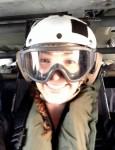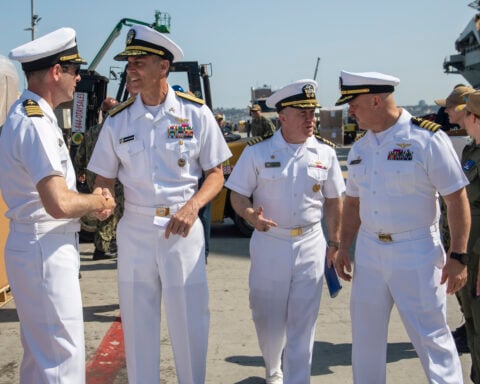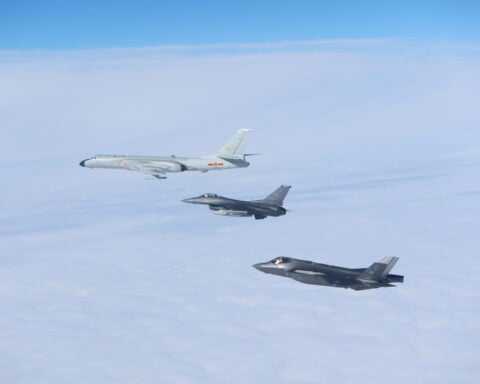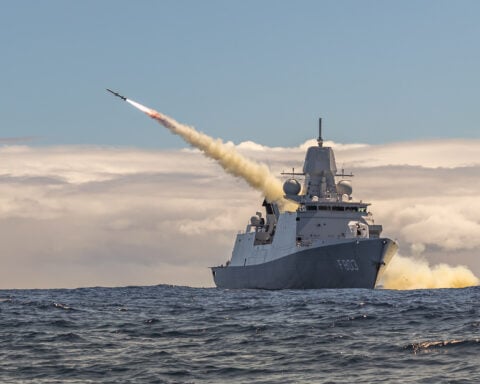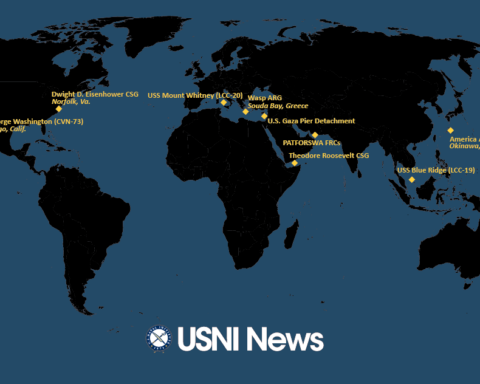
New aircraft carrier USS Gerald R. Ford (CVN-78) completed its Flight Deck Certification (FDC) and Carrier Air Traffic Control Center (CATCC) Certification on March 20, following two days of intense flight deck operations to prove the ship and crew’s capabilities.
Over a two-day period, F/A-18E and F/A-18F Super Hornets from four squadrons assigned to Carrier Air Wing (CVW) 8 conducted 123 day and 42 night catapult launches and trap recoveries aboard Ford, along with a Precision Approach Landing Systems (PALS) certification event.
“Our sailors performed at a level that was on par with a forward-deployed aircraft carrier, and this was a direct result of the hard core training and deployment-ready mentality we have pushed every day for the past year,” Capt. J. J. Cummings, Ford’s commanding officer, said in a Navy news release.
“Our team put their game faces on, stepped into the batter’s box and smashed line drives out of the park. It was fun to watch.”
With the flight deck and air traffic control center now fully qualified, Ford is eligible to perform carrier qualifications for new pilots and other missions to support the fleet. The news release notes that “[Ford] is now ready to give back to the fleet, as the only carrier qualification asset regularly available on the east coast this year.”
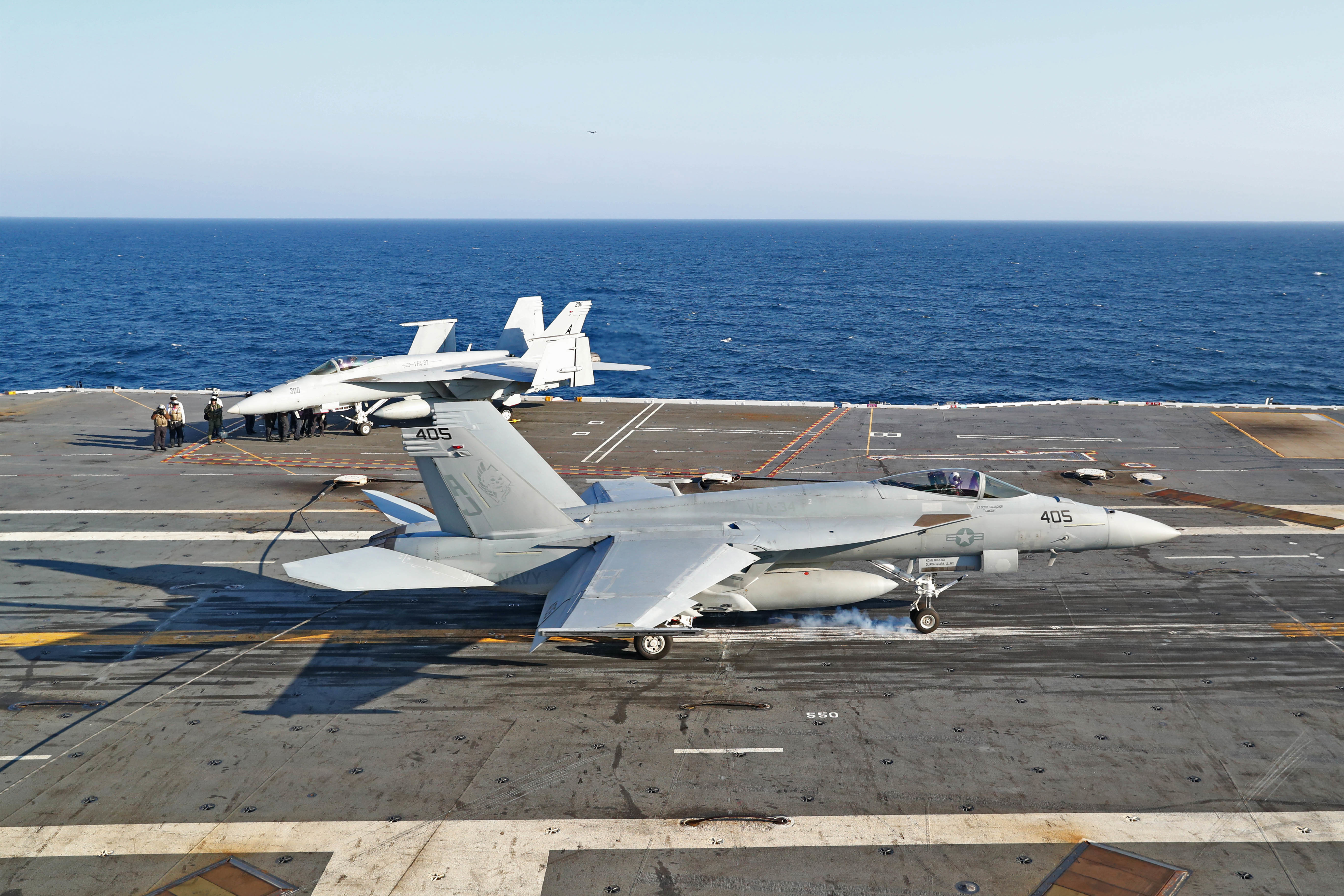
The certification comes a day after Ford announced it had recovered its 1,000th aircraft with its Advanced Arrest Gear system and launched its 1,000th aircraft from the Electromagnetic Aircraft Launch System (EMALS) catapults, two and a half years after the first of each took place on July 28, 2017.
CVW 8 Commander Capt. Joshua Sager said in a news release that “it’s great to share this moment in history with Ford. Integration between the air wing and ship’s company is crucial to the everyday success of carrier operations. Completion of the 1,000th catapult and arrestment shows that the ship and her crew have tested and proven the newest technology the Navy has, and together we are ready to meet the operational requirements of our nation.”
The teamwork between the air wing and the carrier’s crew was clear during the Carrier Air Traffic Control Center certification process.
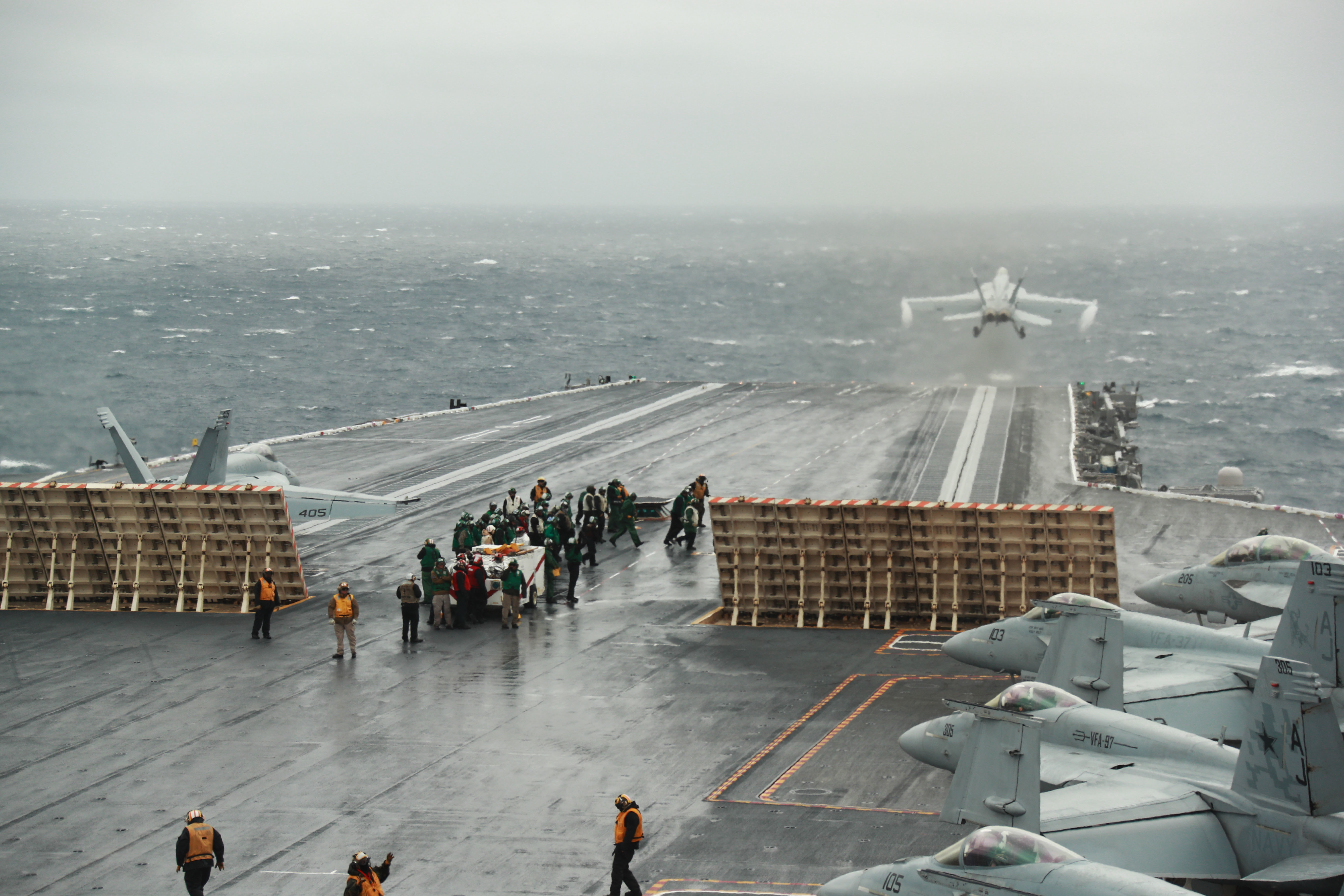
According to the news release, the scenarios the carrier and pilots were asked to perform were meant to mirror some of the most challenging situations they may face during real operations abroad. In one, aircraft were stacked up behind the carrier in two-mile increments, the usual landing pattern for at-sea operations, requiring Ford to trap aircraft just 55 seconds apart.
“It was very apparent the entire CATCC team put forth a great deal of effort preparing for their CATCC certification,” reads the certification letter from Commander Naval Air Forces Atlantic inspectors, according to the news release. “All CATCC functional areas were outstanding. Additionally, the leadership and expertise exhibited by the Air Operations Officer and his staff were extremely evident throughout the course of the entire week.”
“From the controllers and flight deck crews, to the catapult and arresting gear teams, this ship demonstrated a level of professional competence that rivals any of her peers,” Sager, the air wing commander, said in the news release. “I truly look forward to further air wing integration in the coming at-sea periods.”

